Calosoma (Carabops) aethiopicum Breuning, 1928
Calosoma (Carabomorphus) kovacsi sensu Breuning, 1926: 342 nec Csiki, 1924
Calosoma (Carabomorphus) aethiopicum Breuning, 1928: 130 (type locality: Abyssinie, Aleila?); holotype ♂ in Naturalis Biodiversity Centre, Leiden (de Boer, 2002: 25)
Carabops aethiopicus Jeannel, 1940: 139
Carabops vermiculatus Straneo, 1942:62 (type locality: Gondar); type material 2 ♀ ♀, one syntype in Musée Royal de l'Afrique Central, Tervuren [examined]
Carabops rugolosus sensu Rougemont, 1976: 272
Length 22-24 mm. C. aethiopicum has the head and pronotum with thick punctation. The pronotum is moderately transverse with the maximum width just over the middle, posteriorly narrowed and weakly sinuata. The elytra are elongated, regularly rounded and not noticeably broadened in the posterior third. Its dimensions are relatively large.
There are specimens, such as those on which the original description is based, coming from the region of Harrar, with moderately transverse pronotum and elongated elytra. In these specimens the elytral sculpture is generally homodynamic with intervals of the same width and height. However sometimes this model can evolve, through transitional forms, towards another one in which all the intervals are irregularly interrupted (as it happens in a specimen ♀ from Harar below illustrated) and sometime confluent (vermiculatus from Gondar).
Along the Rift Valley, there are some specimens that have these same characteristics, but there are also specimens with a more squat shape, having a more transverse pronotum and slightly wider elytra. These specimens have also more pronounced microsculpture of the head and of the pronotum and deeply incised intervals of the elytra. These intervals can be of the same width and height, and the primary ones are interrupted by some foveae only. In some other cases the primary intervals are segmented in tubercles, the secondary ones transformed in continuous ribs, and the tertiary intervals are less developed, and sometimes reduced in loose granules. We note that Breuning (1928: 130) in the original description of C. aethiopicum had already mentioned in passing one specimens having the same heterodynamic model of elytral sculpture (“… in a specimen in the collection Roeschke the primary and secondary intervals reinforced at the expense of tertiary ones”) attributing it to the complex of the forms of this species.
Moreover a similar heterodynamic model appears, even if rarely, among the populations of other related Ethiopian species C. abyssinicum (var hadiacus, Rougemont, 1976: 269).
We consider all these specimens as belonging to a single, apparently quite variable, species. In fact there are individuals with intermediate characters and all the specimens examined have the same unmistakable shape of the apex of aedeagus that progressively thins and that is slightly and regularly arched. As regards the differences found by Rougemont in the penis shape of the only specimen with heterodinamic elitral sculpture examined by him, these differences seem rather to fall within the individual variability.
In conclusion, C. aethiopicum may be described as a species having variable sculpture of the elytra, with equal intervals, or with confluent, sometime confused, intervals, or with tertiary intervals reduced. Carabops vermiculatus of northern Ethiopia, that was described (Straneo, 1942: 62) as a distinct species because of some small differences in body shape and because of the elytral sculpture which leads to the extreme the model in which all the intervals are irregularly interrupted and confluent, must be considered simply as a population inside of the cluster of populations of C. aethiopicum.
More information are certainly needed regarding the distribution within the populations and, where appropriate, the bio-geographical or ecological meaning of the various elytral sculpture models, that up to now we know only in isolate specimens. Any way, the distribution area of C. aethiopicum, how we interpret it, is much wider than the one hypothesized by Jeannel (1940: 139). In fact the species is widespread throughout the Ethiopian Rift Valley: towards north it has been found in Begemder plateau, going towards south it has been found in Harage and along the eastern slopes of the Rift Valley. So far C. aethiopicum has only been found at moderate heights, from around 2000m in Hararge, dropping up to 1300m in the area of the lakes Abaya and Chamo.
Examined specimens and literature’s data
Ethiopia. Begemder: Gondar (paratype of vermiculatus RMCA); Gamo Gofa: Arba Minch (sub rugolosum RMCA), Konso (JM); Hararge: Harar (AC), Aleila, Auja W of Harrar (Breuning, 1928. 180), Dire Dawa (MNHN); Kaffa: Omo Nada (Rougemont, 1976: 272; sub rugolosum); Shewa: Langano (Rougemont, 1976: 272; sub rugolosum); Sidamo: Agere Maryam (PS), Shakiso (sub rugolosum RMCA), 2 km W of Yavello (RMCA), 25km SW Kibre Mengist (Rougemont, 1976: 272; sub rugolosum), 22km SE Negele (SB); 29km E Negele (SB); Arero (Müller, 1939: 179), Arero forest (SB);
Notes: Brachypterus, wings reduced to a rudimental stump. It is presumably nocturnal, In daytime most of adults have been collected under shelter or, sometime, walking on the ground. In southern Ethiopia (at an altitude between 1300m. and 1700m.), it is active in the initial period of rainy, from April to June, or (Rougemont, 1976: 272) also in August (that together with July is one of the most humid months of the year) and in October, at the end of the rainy season. In northern Ethiopia, the two specimens of Gondar, presumably living at an higher altitude, were collected in July.
 Breuning, 1928 Ethiopia, Sidamo, 2km W of Yavello, 1700m, 9.V.1975, R.O.S. Clarke Musée Royal de l'Afrique Central, Tervuren |
 Breuning, 1928 Ethiopia, Sidamo, 2km W of Yavello, 1700m, 8.V.1975, R.O.S. Clarke Musée Royal de l'Afrique Central, Tervuren |
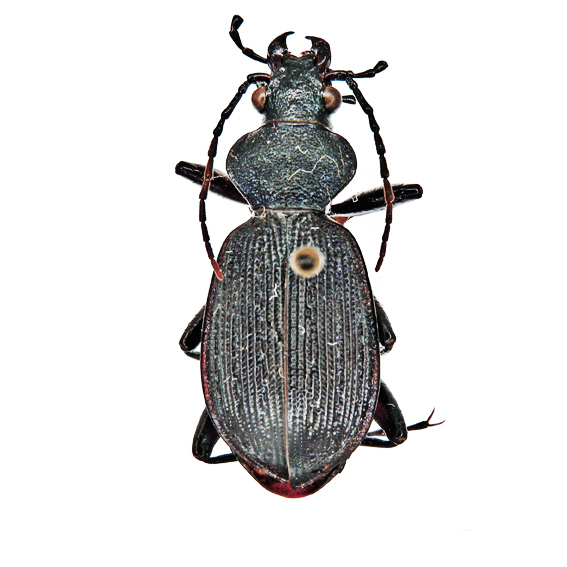 Breuning, 1928 Ethiopia, Dire Dawa (coll. Muséum National d'Histoire Naturelle, Paris) |
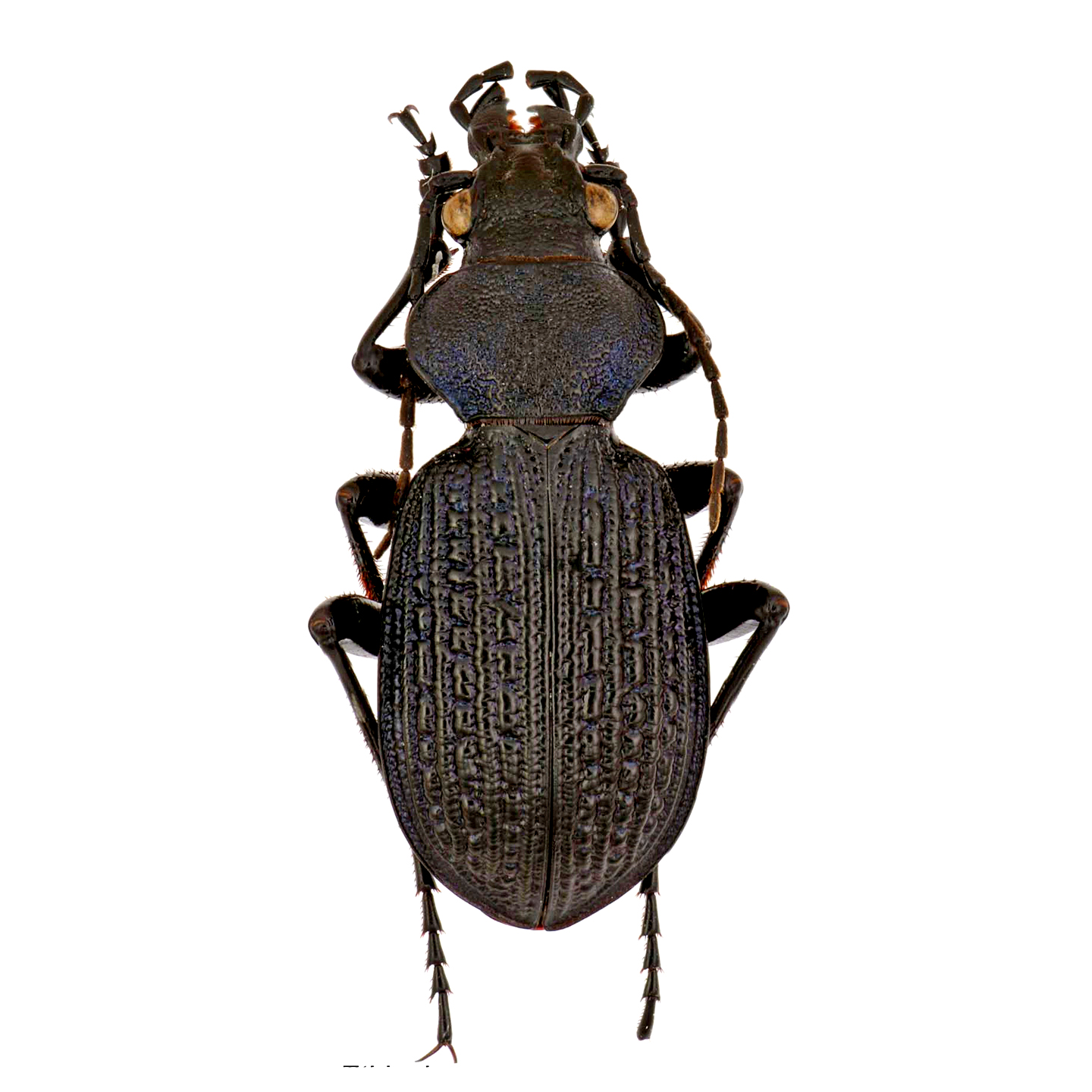 Breuning, 1928 Ethiopia, Sidamo. 16km S. Agere Maryam, 14.IV.07, Werner leg. (coll. P. Schüle) |
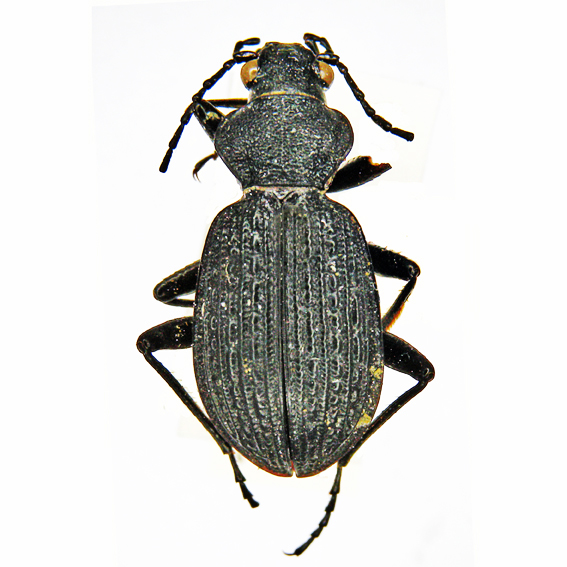 Breuning, 1928 Ethiopia, Gamo Gofa, Arba Minch, 1972, Hans Rupp (sub Carabops rugolosum) Musée Royal de l'Afrique Central, Tervuren |
 Breuning, 1928 Abissinien Chakiso (= Shakiso) (sub Carabops rugolosum) Musée Royal de l'Afrique Central, Tervuren |
 Breuning, 1928 Ethiopia: Harrar (coll. A. Casale) |
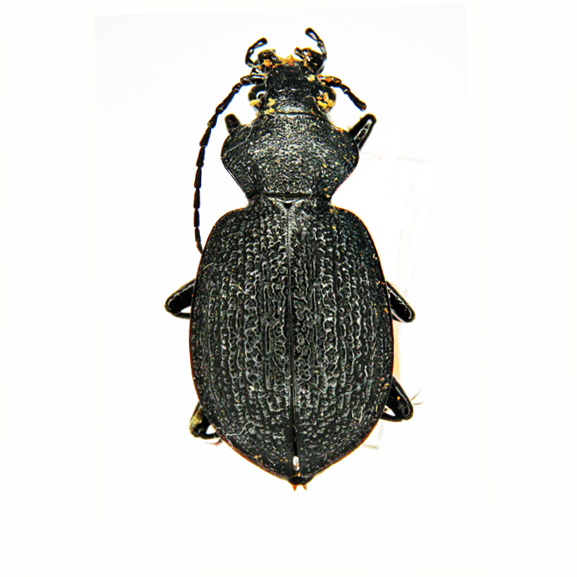 Breuning, 1928 Abys. Gondar, 7.1923, U. Ignesti (paratype of Carabops vermiculatum) Musée Royal de l'Afrique Central, Tervuren |
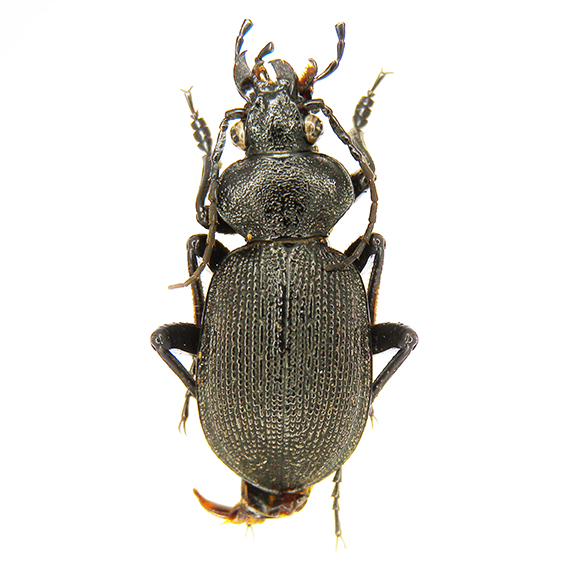 Breuning, 1928 Ethiopia: Sidamo, 22km SE Negele, 7.V.2016, Martinu Ivo lgt.  Breuning, 1928 Ethiopia: Sidamo, 22km SE Negele, 7.V.2016, Martinu Ivo lgt. |